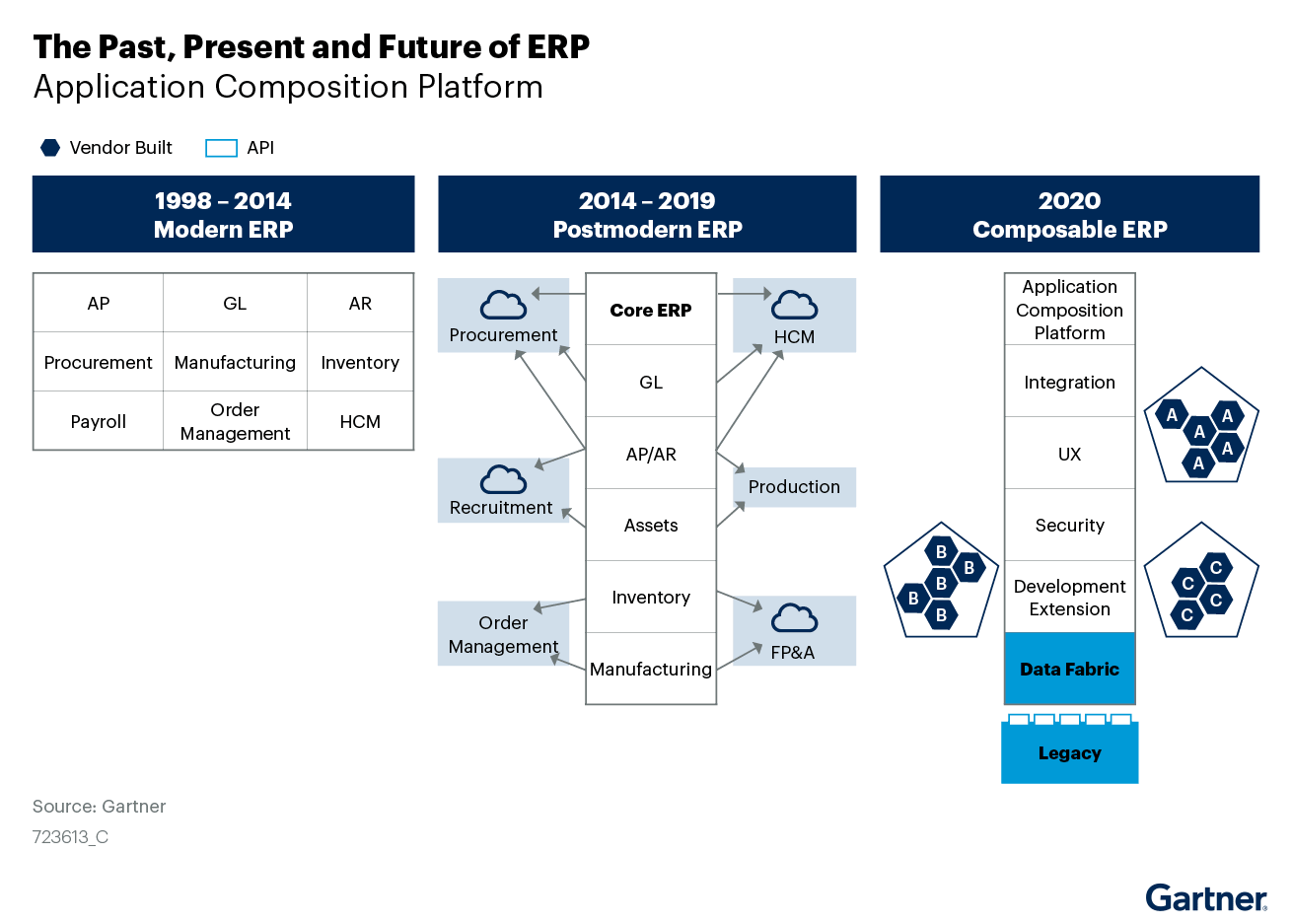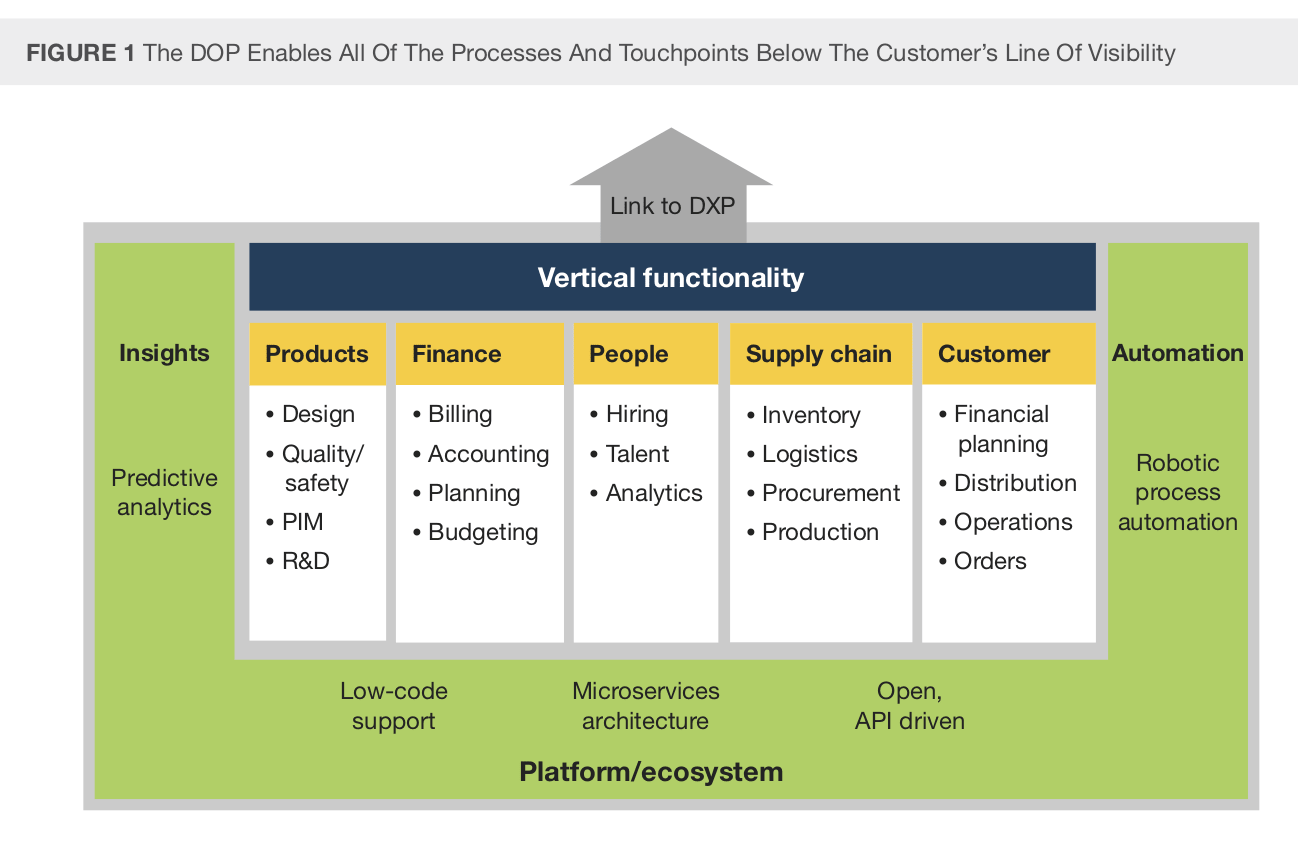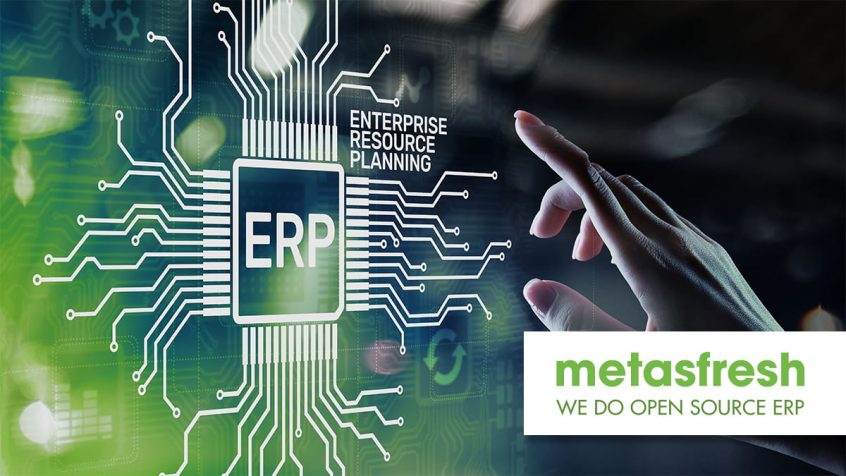Share this Post
The global ERP software market is expected to reach $86.3 billion by 2027, according to the latest figures from Allied Market Research — more than doubling in size from $39.3 billion in 2019 and growing at a CAGR of 9.8% over the forecast period. Clearly, there is a growing demand for ERP — but not all solutions are created equal.
So we ask you, what kind of ERP system — legacy, modern, cloud, postmodern, composable, DOP or other — does your organisation use, and does it prepare you for the digital economy of the future? Here’s our guide to ERP systems to help you navigate the differences and make the right choice for your business.
Legacy ERP
This type of ERP is quite easy to characterise — proprietary legacy programming, on-premise installation, manual and time-consuming implementation, limited third-party integrations, lack of customisation, tedious/sporadic upgrades, accessed via LAN, limited reporting and business intelligence, not designed for digital innovation, and so on. Legacy ERP systems are relics of the past, and not designed for the needs of the modern enterprise.
Modern/Cloud ERP
Take the polar opposites of all of the above, and we more or less get to the key characteristics of modern ERP systems, which are based on modern programming languages/techniques, often cloud-based, accessed using advanced web, desktop, and mobile apps, range of integration/customisation functionality, advanced enterprise-wide business reporting with real-time data, and much more besides. Modern, cloud-based ERPs are light years ahead of traditional systems.
Postmodern ERP
This is a term coined by Gartner in 2013 to refer to the significant reality that the “bloated, all-encompassing ERP suite was killed by megavendors” who were compelled to acquire functionalities required by users because they were unable to build those functionalities for them. In any case, the point was that the enterprise ERP strategy had to shift from a single-instance, single-vendor model — focused more on commodity best practices than innovation — to a hybrid of loosely coupled on-premise and cloud-based best-in-class applications focused on people-centric functions.
By 2020, Gartner predicted, over 40% of enterprises would have shifted away from traditional, monolithic ERP to a governed, business-led postmodern ERP strategy, and that by 2022 no leading digital organisation would use traditional ERP.
Composable ERP
The future of ERP is composable, according to a 2020 report from Gartner. Customers and vendors have pivoted toward postmodern ERP, the report points out, but effectiveness is still hampered by vendor-centricity and application integration challenges. Therefore, “application leaders managing ERP strategy […] must prepare for the era of composable ERP.”

The Past, Present and Future of ERP. —Source: gartner.com
As per Gartner, composable ERP is an adaptive technology strategy that combines a core of composable applications, which can be composed and recomposed to deliver customer-defined business capabilities, with configurable, interoperable and flexible as-a-service software platforms that can adapt to future technologies. The speed of new feature implementations among organisations with a composable ERP strategy will outpace that of their postmodern ERP peers by as much as 80%.
Digital Operations Platform (DOP)
A 2019 Forrester Look Beyond ERP: Introducing The DOP report opened with the observation that contemporary approaches to ERP do not deliver the speed, flexibility, and intelligence necessary for modern business in the digital era. With little real disruption in the enterprise ERP market over two decades and businesses facing new competitive challenges, the report predicted a “do-or-die moment for the large ERP stalwarts.” Forrester envisions a new era of operational systems so different from ERP as to require its own category — hence DOP.

Digital Operations Platform (DOP). —Source: forrester.com
A DOP is broadly defined as a suite of solutions built to work together to enable all of the processes and touchpoints below the customer’s line of visibility. These platforms may inherit certain business-critical functionalities from old-style ERP, but have the following essential differentiating characteristics:
- They are adaptive, with cloud-based architectures that enable enterprise agility to quickly respond to changing business needs; low- and no-code platforms for business-led development; and self-service marketplaces for easy deployment of add-ons and partner services.
- They are AI-based and augment efficiency and innovation.
- Their access capabilities are not just restricted to the browser and mobile options but extend across digital era interactions such as voice, gesture and mixed reality.
Modern ERP
So, what defines a modern ERP?
Legacy ERP, as the nomenclature unmistakably stresses, can be safely classified as pre-modern.
The cloud seems to be a fundamental qualification for Modern ERP systems, with SaaS (64%) being the predominant delivery model, followed by cloud (21%) and on-premise (15%). But modern ERP is not a static one-dimensional stereotype, it is an evolving paradigm.
As a 2020 Accenture survey of CIOs revealed, ERP platforms are now deemed the “engine of the enterprise” rather than a “back-office transactional solution.” Enterprise technology leaders are transforming their ERPs from siloed on-premise solutions into modern ERPs with a digital core that can be extended across the entire enterprise data ecosystem. In addition, they are augmenting ERP with AI, ML, and analytics as an integral part of their digital ERP.
Postmodern ERP vs Composable ERP vs DOP
The crux of Gartner’s postmodern ERP strategy was that customers be allowed to create “fit-for-purpose” enterprise applications by opting for hybrid on-premises and cloud deployments, deploying specialist solutions from different vendors, etc.
Gartner’s composable ERP strategy extends and builds on this “fit-for-purpose” premise. An application-level focus may well result in a “jigsaw puzzle of hundreds of applications.” With composable ERP, the focus is on a stable, reliable core that provides the foundation for the rapid adoption of emerging capabilities and technologies, quick deployment of technology and vendor agnostic best-in-class apps, and seamless integration of all data within the enterprise application system.
A DOP, as per Forrester, is adaptive and AI-based. Adaptive, is a key descriptor of composable ERP, the fourth era of ERP according to Gartner, another hallmark of which is AI.
Putting it all together, these are the critical characteristics required of modern, digital-era, enterprise ERP systems irrespective of nomenclature:
- They are cloud-based to enable business agility with modern microservices-based architectures.
- They comprise a digital core that extends across the data ecosystem.
- They are adaptive: An ERP system is a suite of integrated applications that can be composed and recomposed to adapt to changing business dynamics. The platform should be configurable, interoperable and flexible to adapt to future technologies with low- and no-code functionalities that empower business users to design their own application experiences.
- They allow self-service access to marketplaces, like Microsoft AppSource, to seamlessly integrate new apps.
- They are augmented by intelligent technologies such as AI, ML and advanced analytics that will allow businesses to integrate diverse application portfolios, enable complex decision making, and accelerate innovation.
metasfresh, a modern ERP system for the digital era
metasfresh Cloud ERP is a cloud-based next-generation open source ERP platform. The open-source nature of the platform means that companies can customise, scale, and evolve the solution to their specific business needs.
The platform is designed to be the central instance for the planning, control and execution of all business processes. A flexible foundation enables businesses to integrate emerging and future technologies and transform enterprise digital capabilities.
metasfresh’s SOA makes the platform ideal for larger and more diverse hybrid cloud environments and supports agile application development and deployment, automation of business processes, and simpler integration of heterogeneous applications. A central management and control system allows businesses to precisely map and automate all virtual business processes.
The platform offers numerous built-in interfaces for relevant services and the flexibility to generate interfaces on demand for any additional services. Code-free configuration enables autonomous configuration without the need for any programming skills.
A weekly release cycle means the platform is continuously updated with the latest bug fixes, security patches and feature upgrades.
Talk to us here at metasfresh to learn more about what a modern, digital-era open source ERP system can do for your business. Since 2006, we have been developing our metasfresh ERP software non-stop with open source components and under the open source licenses GPLv2 and GPLv3. Our mission is to enable each and every company to access a powerful ERP system that supports digital transformation and fuels corporate growth. Get in touch today for more information and insights.
Share this Post



